forget Mars: colonize Canada.
Optimism for Greater America.
Urbanization is not the same thing as density. There are, in fact, rural countries with high population density. Among these are Bangladesh, the Philippines, Vietnam, Nepal, Sri Lanka, and Uganda. These are countries with endless stretches of villages, piled on top of each other, but never achieving the infrastructure necessary for urbanization.
The best thing that could happen to these countries is a massive population collapse to relieve pressure on infrastructure and begin urbanizing. “High density ruralism” is the worst of all possible worlds.
The best of all possible worlds is low density, high urbanization county. The winners of this category include Greenland, Iceland, Australia, Canada, Russia, Botswana, Mongolia, Argentina, and Finland.
Putting aside Botswana and Argentina, this map of the world essentially shows NATO and Russia as the two main areas of “low density, high urbanization” land. If China is able to continue to exert influence on Russia, maintaining it as an effective proxy, this sets the stage for a conflict between NATO and China.
What about the southern hemisphere?
It’s possible that humans had fire two million years ago, but at the latest, humans have had fire for at least 300,000 years. Air conditioning, on the other hand, was only invented in 1902. It is much easier to heat things up than to cool things down.
Perhaps you like the heat, but crops do not. The most productive crops, per calorie, are not tropical crops like bananas, oranges, starfruit, or kiwis. The most calorically dense crops are potatoes, corn, beans, and grains.
This map essentially shows where calories are abundant, and where they are scarce. Areas of red are where a high percentage of food products are made into animal feed or biofuel (5% of diesel).
In areas where there is not an abundance of calories, this scarce resource is in high demand, and there is no excess which can be used for meat production or diesel.
The most productive crops prefer colder environments with seasonal variation. If you are going to try to farm in a hot climate, humidity makes things even worse.
The exception is rice, which grows well in subtropical climates. However, even in the case of rice, it is generally most productive in climates which are technically temperate (Cwa, Cfa), not tropical climates.
With these facts in mind, we can largely ignore the global south, which will either become too arid or too tropical due to global warming. On the other hand, the global north (Canada and Russia) will increasingly resemble northern China (Dwa) and the American midwest (Dfa). These two climates are optimal for growing high-calorie crops.
Forget Mars.
Martian colonization has probably always been a marketing ploy or a hoax. It will never be as cheap to go to Mars as it is to go to Canada. After Canada, we have Antarctica. After Antarctica, we have the entire ocean.
It is true that space flight will probably become cheaper over time. Currently, realistic estimates by NASA (not scammy for-profit sensationalism) put a manned mission to Mars at $500 billion. Richard Branson claims he will only charge $450k for flights to the moon.
But just as space flight could become cheaper over time, technology like submarines could also become cheaper. The cheapest available submarines cost around $1 million, with the most expensive subs carrying over 100 passengers, costing up to $3 billion. For $500 billion, we could send 10,000 people to live on the bottom of the ocean floor to drill for oil. It seems much easier to colonize the ocean than to colonize space, and also, much more profitable.
The intention behind space colonization is good: access more resources. But let’s start with the low hanging fruit first: Canada.
boundaries.
China is the biggest power which could conceivably exploit Siberia. Unfortunately for the Chinese (or the Russians), there is little cultural continuity between Russia and China. Different languages, religions, ethnicities, and political ideologies separate the two countries. This isn’t insurmountable, but it does present a challenge.
On the other hand, there are no such boundaries between America and Canada. The only current boundaries are legal, bureaucratic, and political.
What would incentivize Canadians to give up their “national sovereignty” and join America? Traditionally, so-called “Canadian Nationalists” have leaned left. The most similar group in America to these Canadian Nationalists would be the Rural White Liberals of Minnesota, Vermont, and the Pacific Northwest. They are ancestrally Anglo-Saxon, anti-war, anti-free trade, and friendly to LGBTQ.
Secondly, the Québécois, or French Canadians, fiercely guard their Catholic religion and French language.
Thirdly, the real estate market is artificially inflated because of the border restriction. 90% of Canadians live within 100 miles of the American border. If the border was eliminated, a significant proportion of Canadians would move south. Essentially, the Canadian border is the most expensive zoning law in all of human history. Eliminating it would require the marginalization of Canadian nationalists and the Canadian real estate market.
20% of Canada’s economy is related to real estate. By 2029, the total figure will exceed $10 trillion dollar. These are difficult financial hurdles to overcome. Maybe it would just be easier to go to Mars?
Carrot and stick.
The last time Canada could have been integrated into America was 1941. There were contingency plans in place, that if Britain lost the war, Canada and America would be merged into a single military entity. This idea is the basis for NATO today. States with integrated militaries, integrated economies, and integrated cultures eventually lose their borders (as the Schengen Zone has).
The newest additions to NATO (Finland and Sweden) decided to join the alliance because of Russian aggression in Ukraine. For Canadians to open the border with America, the best incentive might be the threat of war.
Other possible moves toward unification include:
A uniform tax code, to avoid double-taxing citizens who live or work in the other country;
A uniform immigration system, with country-level caps shared by both countries;
A uniform set of tariffs and international economic agreements;
A uniform education system, allowing Canadians and Americans to receive federal aid to study in either country freely;
Adoption of the USD as the federal currency of both states;
Conclusion.
Canada is very cold, and you might not want to live there. However, in coming generations, Canada will likely be less cold, with Toronto resembling Buffalo, and Vancouver resembling Seattle. America has an opportunity to take advantage of cheap Canadian land by unifying the two countries and colonizing the Canadian wilderness. Canada has natural resources, including energy, which make this venture profitable.
Through creative architecture, it is possible to make Canada’s frozen north habitable and attractive for investors. I’m not advocating for one billion Canadians. But by eliminating the world’s biggest zoning law, the Canadian border, massive investment and internal Canadian-American migration will help solve the Canadian identity crisis and provide America with the means to survive the coming climate shift. The North American Union is inevitable.
Imagining a North American Union
Since Biden took office in 2021, America has experienced unprecedented levels of immigration which have never been seen before in human history. Despite the Republican alarmism over Obama, Obama's eight year presidency saw similar levels of immigration as Bush and Trump. Biden blows all three of them out of the water.


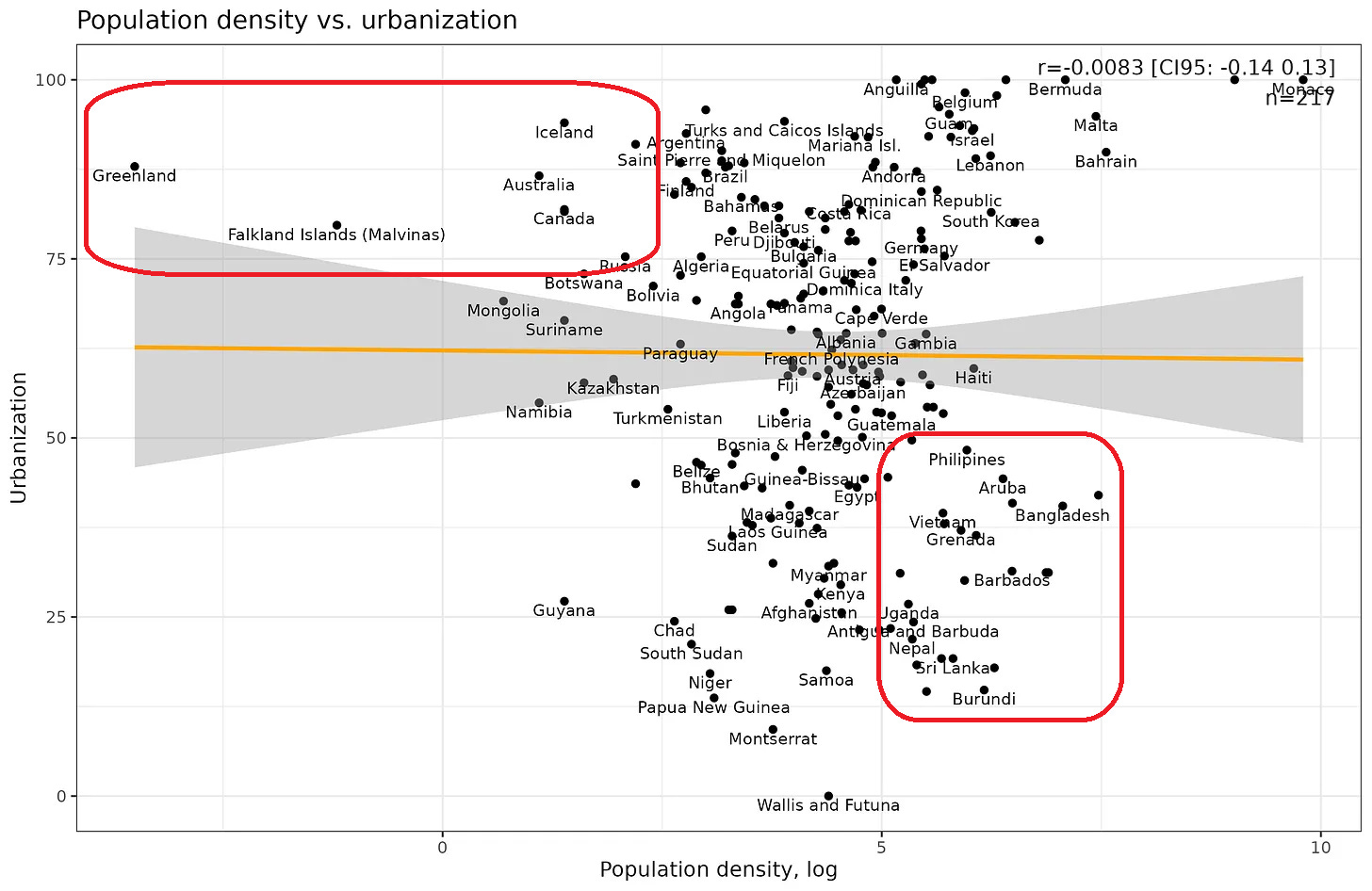
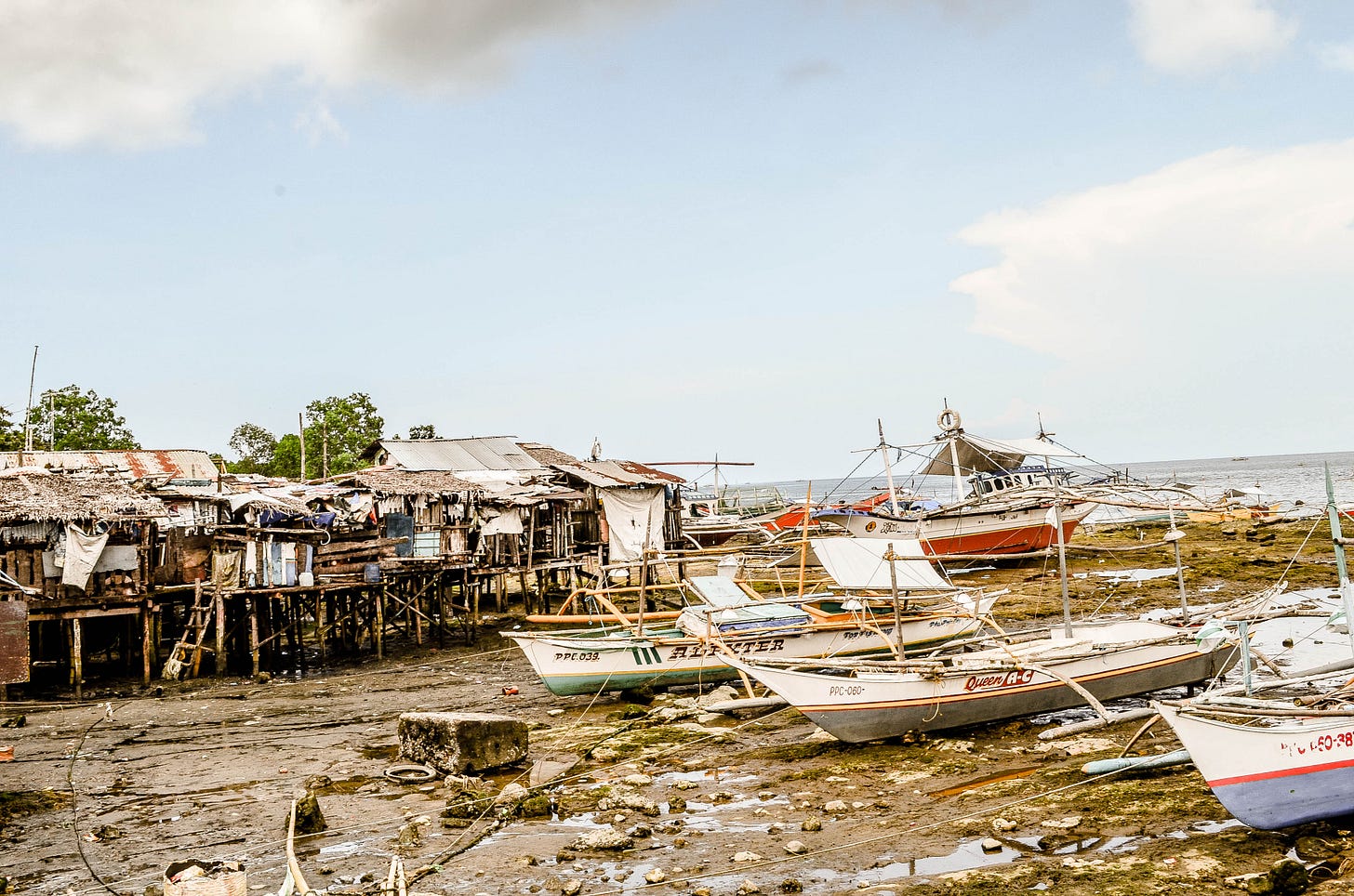
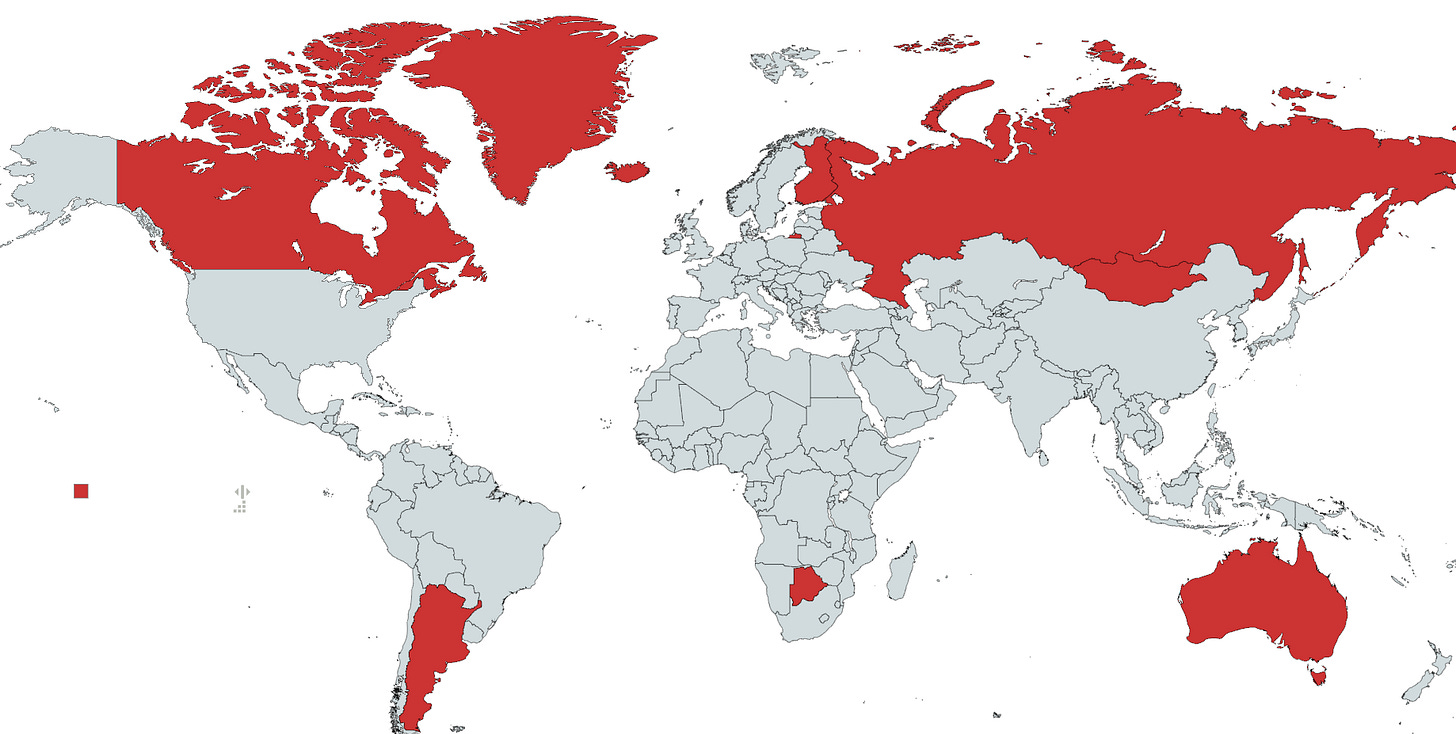
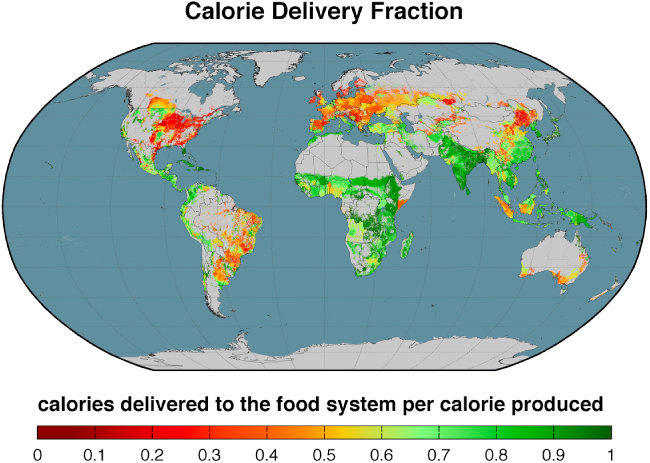
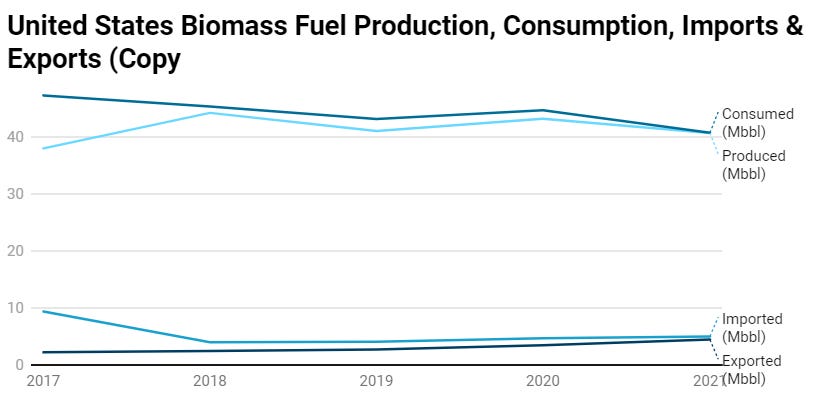
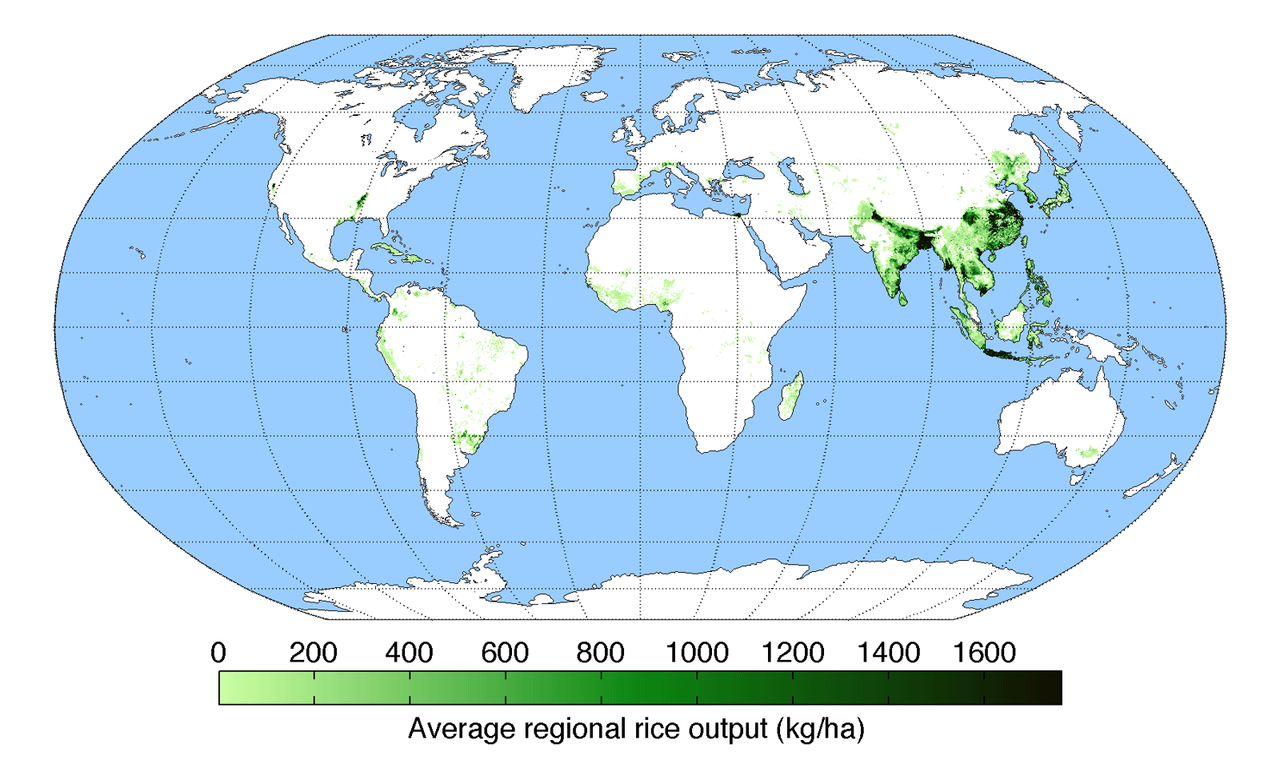
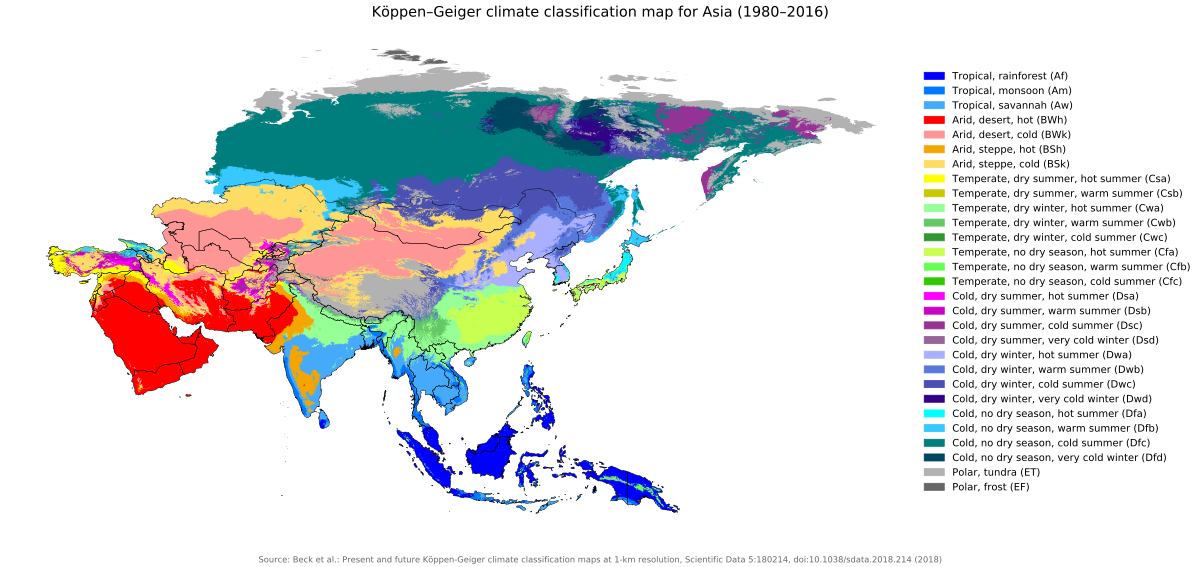
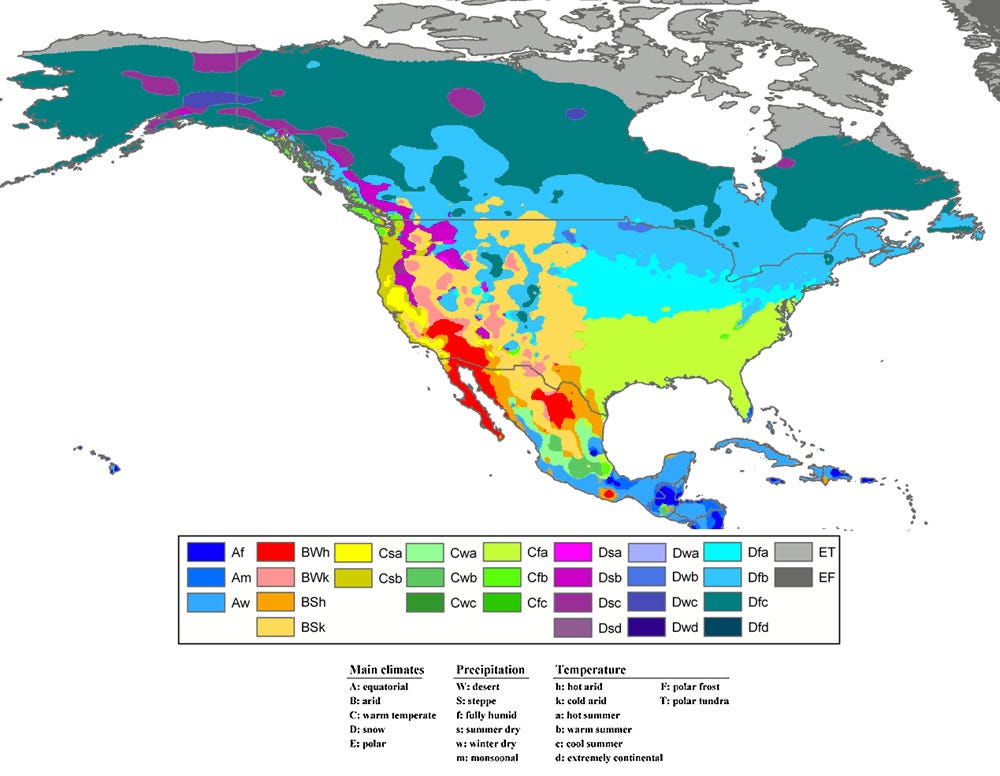
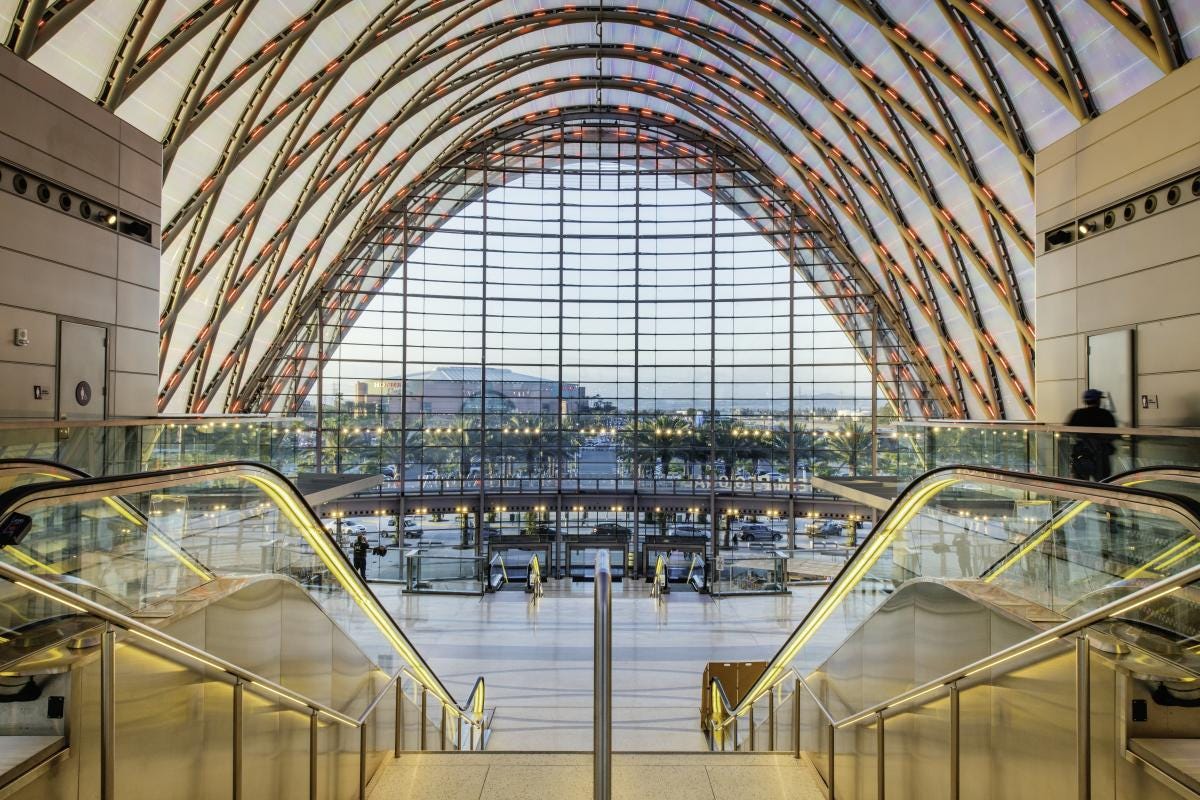
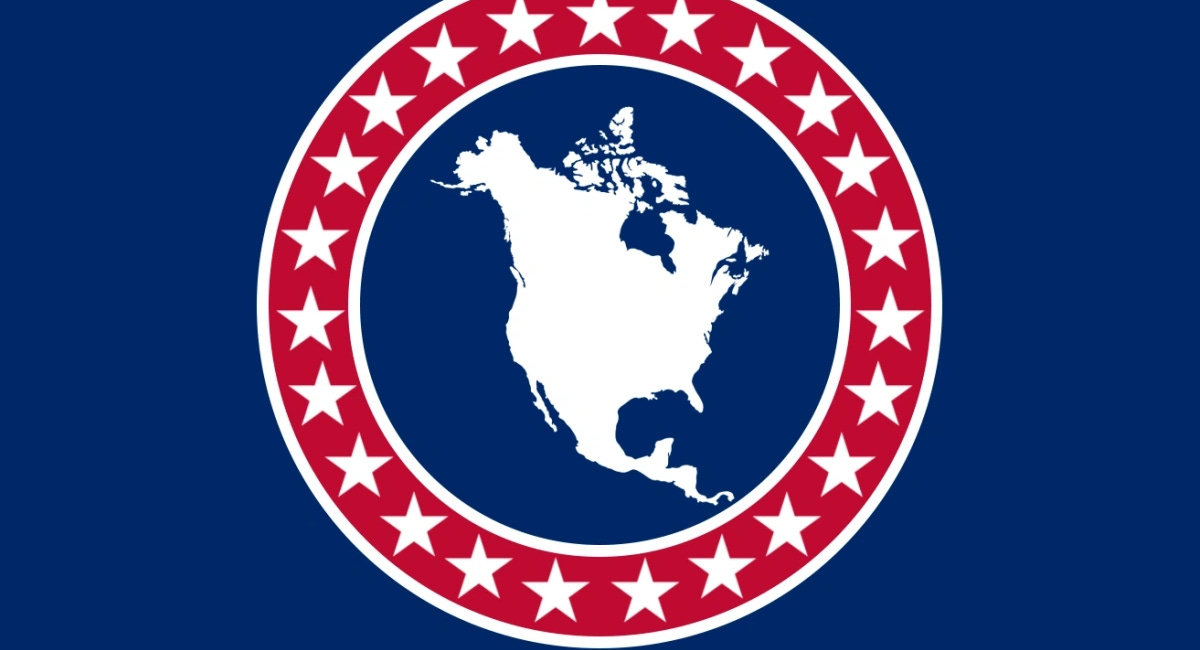
I'm all about this. Great ideas. Doubt the Canadians would be on board, but you never know, if you start laying the groundwork now.
I fully intend to move somewhere in a Canada border state in retirement, so if we can start working on developing a cold place, I'm all for it. After living in a place with excessive heat, it's more appealing, but someone needs to scope out where the prettiest cold places are, too. I'm guessing that not all of Canada looks like Glacier National Park.
I'm a Quebecer and I don't see this ever happening. Canada itself is headed towards being more decentralised rather than less, and our provinces already have much more power than American states do. Also fuck off we're full, unless you're talking about just the Canadian west, which you can have.
On the feasibility side, most of northern Canada is part of the Canadian shield, where the earth is a very thin layer of soil over rock. There's also a lot of swamp. This could potentially be geoengineered away at great effort. One thing that you can't overcome is the low amount of solar energy you get there, so even if the climate warms up, you could still be stuck with a short growing season.